The modern pet owner faces a unique challenge in balancing work commitments with the care of their furry companions. Automatic pet feeders have emerged as a technological solution to this dilemma, offering peace of mind while maintaining feeding routines. These devices range from simple gravity-fed models to sophisticated Wi-Fi enabled systems that can be controlled via smartphone apps.
Understanding the basic mechanics behind pet feeders helps owners make informed decisions. Gravity feeders operate on the simplest principle - as food is consumed, more kibble drops from the reservoir to maintain a constant supply. While economical, these lack portion control and scheduling capabilities. More advanced models utilize rotating carousels or portioned compartments that open at predetermined times, ensuring measured meals throughout the day.
The installation process requires careful consideration of placement. Feeders should be positioned on stable, level surfaces away from direct sunlight or heat sources that could spoil food. For households with multiple pets, separate feeding stations might be necessary to prevent food theft among animals. The height of the feeder should accommodate the pet's size - elevated models benefit larger dogs while ground-level units suit cats and smaller breeds.
Programming represents the most crucial step in setup. Digital interfaces vary between models, from basic LCD screens with button controls to full app integration. Owners should test the dispensing mechanism several times before relying on the feeder, observing both the portion accuracy and their pet's reaction to the automated process. Some animals may initially be wary of the mechanical sounds and require gradual introduction to the new feeding method.
Connectivity features in premium models offer remote monitoring and adjustment capabilities. Wi-Fi enabled feeders allow owners to modify schedules, portion sizes, and even receive alerts when food levels run low. Camera-equipped versions provide visual confirmation that meals have been dispensed properly and that pets are eating normally. These high-tech solutions come with their own set of considerations, including network reliability and power backup options for uninterrupted operation.
Maintenance forms an often-overlooked aspect of pet feeder ownership. Food containers and dispensing mechanisms require regular cleaning to prevent bacterial growth and food clumping. Dry food works best in most automatic feeders, as wet food can spoil quickly when left exposed. Owners should establish a weekly cleaning routine, checking for any mechanical issues that could lead to malfunctions or improper portioning.
The evolution of pet feeding technology continues to introduce innovative features. Some newer models incorporate weight sensors to track consumption patterns, while others offer voice recording capabilities to call pets to their meals. As the market expands, consumers must balance desired features with reliability and ease of use. The ideal feeder matches both the pet's needs and the owner's lifestyle without introducing unnecessary complexity.
Special circumstances demand additional planning. Pets with medical conditions requiring strict dietary management may benefit from feeders with ice packs or refrigerated compartments. Multi-pet households might consider microchip-enabled feeders that only open for specific animals. Travelers should account for power outages or internet disruptions that could affect feeder operation and always have contingency plans in place.
Cost considerations span from budget-friendly mechanical options to high-end smart feeders with subscription services. While the initial investment might seem substantial for advanced models, the long-term benefits of consistent feeding schedules and reduced anxiety often justify the expense. Many owners find the ability to monitor and adjust feeding remotely provides invaluable reassurance during long workdays or unexpected delays.
The psychological impact on pets warrants attention when transitioning to automated feeding. Some animals adapt quickly, while others may experience stress from the change in routine. Experts recommend maintaining other aspects of the human-pet bond through play and affection to compensate for reduced interaction during mealtimes. Observing the pet's behavior and weight during the adjustment period helps determine if the feeder settings require modification.
Environmental factors influence feeder performance. Humidity can cause food to clump and jam mechanisms, while temperature fluctuations might affect battery life in non-plugged models. Owners in areas prone to power outages should consider battery backup options or manual override features. The type of food used also plays a role - irregularly shaped kibble or treats may not dispense as reliably as uniform dry food.
Future developments in pet feeding technology promise even greater convenience and functionality. Integration with smart home systems, voice command compatibility, and advanced health monitoring features appear on the horizon. As these devices become more sophisticated, the fundamental goal remains unchanged: ensuring pets receive proper nutrition according to their individual needs, even when their humans can't be physically present.
The decision to implement an automatic feeder ultimately depends on individual circumstances and priorities. While technology can never replace the care and attention of a devoted owner, these devices serve as valuable tools in maintaining pet health and wellbeing amidst the demands of modern life. Proper research, setup, and maintenance ensure both owner and pet reap the full benefits of this innovative approach to mealtime management.

By /Jul 21, 2025
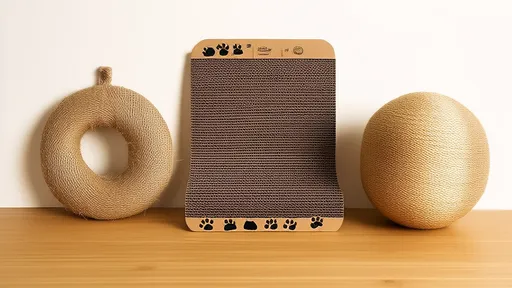
By /Jul 21, 2025
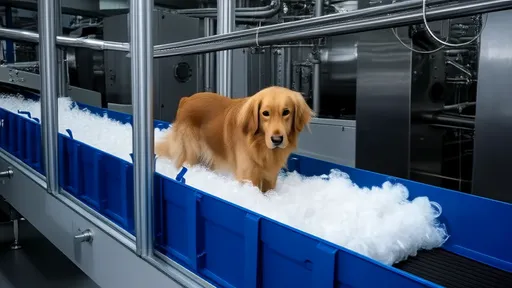
By /Jul 15, 2025

By /Jul 15, 2025

By /Jul 15, 2025

By /Jul 15, 2025
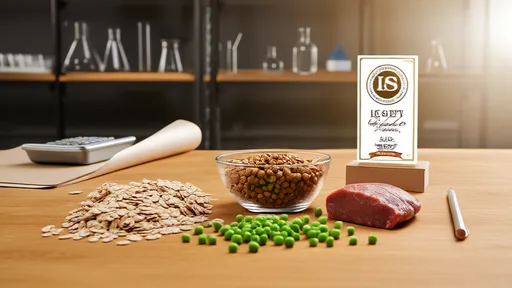
By /Jul 15, 2025
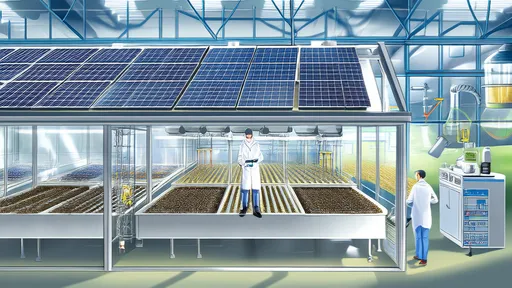
By /Jul 15, 2025
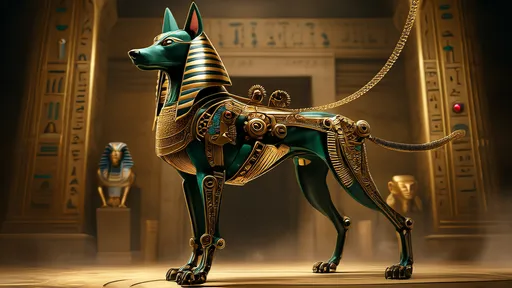
By /Jul 15, 2025

By /Jul 15, 2025

By /Jul 15, 2025

By /Jul 15, 2025

By /Jul 15, 2025
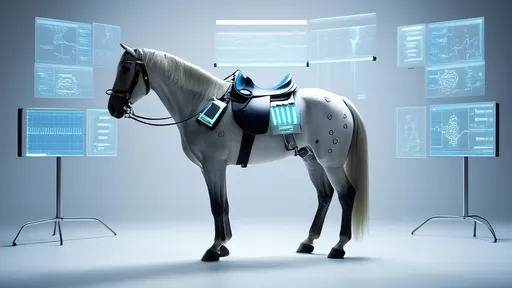
By /Jul 15, 2025

By /Jul 15, 2025
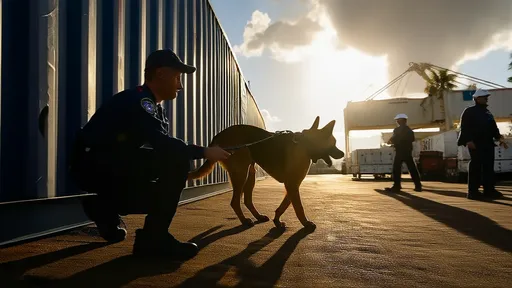
By /Jul 15, 2025

By /Jul 15, 2025

By /Jul 15, 2025